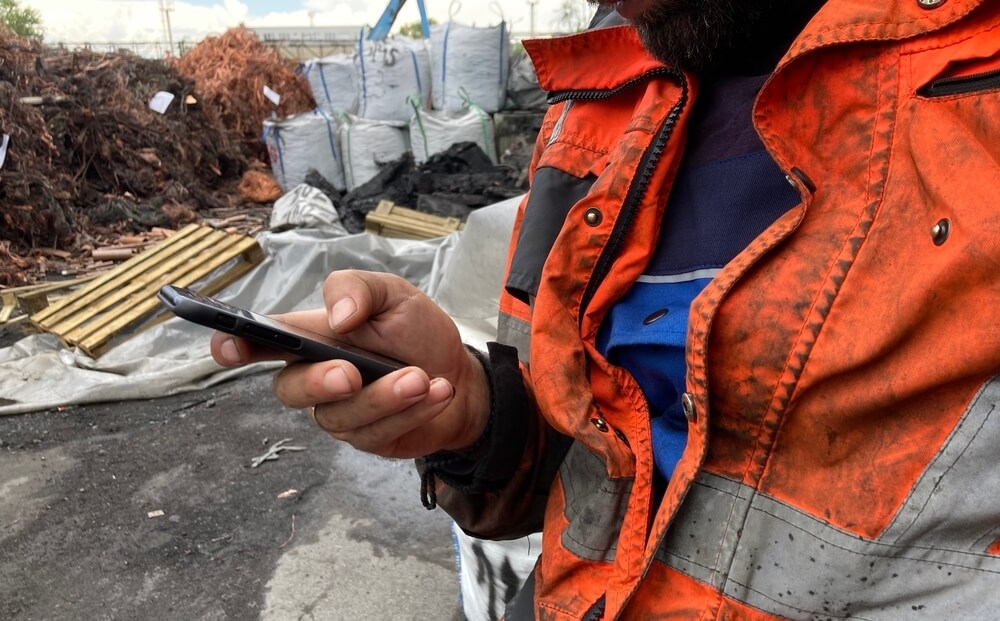ImpactAlpha, Aug. 9 – Ubora Specialty Crops is the definition of a “missing middle” business that is financially served by just about no one.
The Ugandan coffee trader is too small for most commercial lenders. But the rural, 10-person company is too big for traditional microfinance institutions or even the new crop of fintech ventures serving micro- and small businesses.
Enter Balloon Ventures. Since 2018, the U.K.-based small business lender has been testing the viability of cutting $15,000 to $25,000 checks to small businesses in emerging markets. That’s a step above the $1,000 to $2,000 checks from most microfinance institutions and fintech companies.
Balloon’s model: Bundle capital and business support services into a cost-effective loan product that can be easily replicated and scaled across business sectors and markets. The high transaction costs of underwriting modest-sized loans to small businesses has kept lenders away.
“People haven’t really found a viable or profitable way of doing it,” Balloon’s Josh Bicknell tells ImpactAlpha. “If we can make it work, then that unlocks a multi-billion dollar market, which people should be interested in. Hopefully we can eventually convince banks and other financial institutions to treat this bundled product as a new asset class.”
The pandemic spurred a boom in fintech and enterprise tech startups that gained traction with digital business and financial products for informal and micro enterprises. Companies like TradeDepot in Nigeria and Market Force in Kenya have collectively raised billions of dollars in capital by showing investors and mainstream financial institutions that such micro businesses, once digitized, presented a viable – and huge – commercial opportunity.
But, Africa’s locally-owned small and mid-sized businesses – the kinds with five to 100 employees – are “massively ignored,” says Bicknell.
Balloon Ventures is part of what should be a “conveyor belt” of capital, says Drew von Glahn of the Collaborative for Frontier Finance, whose network of early-stage capital providers in emerging markets includes Balloon Ventures. “Microfinance and fintech are great, but when someone really wants to grow a business, someone has to give them larger amounts of financing.”
Technical assistance
Balloon has expanded from Uganda into Kenya and recently raised $4.7 million from Palladium’s Challenge Fund for Youth and others to test whether its model is truly scalable.
The elements of Balloon Ventures’ risk-mitigation strategy – bundling business services, or “technical assistance,” with financing – are common among small business lenders worldwide. Community development financial institutions in the U.S., which lend to small companies that are financially underserved or excluded, often price technical assistance into their loan products.
In emerging markets, however, technical assistance is often provided with separate sources of funding, namely grants from development financial institutions, foundations and other donors.
The problem with separate technical assistance funds, says Bicknell, is that it creates an unrealistic picture of the true costs of small business lending.
“You can only invest in these businesses if you make them less risky,” he explains, “and to do that with commercial capital at scale, support and finance have to be one product.”
Balloon Ventures prices its loans and embedded technical assistance together, typically pricing them at 26% or 28%, which is just a few percentage points above the most cost-effective (but often inaccessible) type of loan: a bank loan. It works through a network of local loan officers that look for businesses with similar operational models, like retailers, health clinics and low-fee schools.
Loan officers can diligence a business in about two weeks, says Bicknell. Balloon provides business owners with standardized templates for issues like bookkeeping and human relations and works with its borrowers to provide benefits, formalize employee contracts and ensure employees earn a living wage.
Good jobs
Balloon Ventures came into small business lending from an unusual angle. It started in 2011, as a nonprofit organization cultivating entrepreneurship in the U.K.
After the financial crisis, many young people in the U.K. were unemployed, says Bicknell. “Small and medium businesses are what provide the bulk of good jobs in the U.K, so we thought maybe young people in the U.K. could learn to be more entrepreneurial by working alongside entrepreneurs and hustlers in places like Kenya.”
Balloon – then called Balloon ICS – got a £5.5 million (then about $9 million) grant from the U.K. government to establish a talent exchange of sorts. It would provide more than 1,000 British and African youth with “lean startup” training then send them to work for 12 weeks with small business owners in Uganda, Kenya and Ghana. The program was a crash-course in entrepreneurship that Balloon hoped would both serve the business owners in Africa while encouraging more young people to start their own businesses.
Bicknell says that a randomized control trial by Stanford University found that the program helped African business owners boost their profits by nearly 30% on average.
“We were helping the informal sector, where 80% of East Africans work, but it was still the informal sector,” reflects Bicknell. “Meanwhile, all the data shows that the way to move people out of poverty is through good jobs, because when people are paid fairly and have contract security, that’s when they invest in healthcare and education and other things. And good jobs are really the thing that was missing.”
Bicknell and his partners zeroed in on the small proportion of informal businesses that had succeeded growing to five or ten employees. They launched Balloon Ventures in 2017 to marry the kind of business services they offered through the Balloon ICS volunteer program with financing that would nudge this “high potential” group of small companies into the formal economy and mainstream capital markets, creating employment opportunities along the way.
“You have to bundle support because these businesses are risky, they’re still being run as informal businesses,” says Bicknell. “It can’t be money alone.”
People-based
Balloon Ventures cut its first checks to six businesses in Uganda in 2018 using a grant from Ideo.org. The fund manager focuses on second-tier cities and towns, like Mbale in the eastern part of the country, rather than the capital. Last year it reached profitability on its $700,000 loan portfolio, helping to create 450 formally contracted jobs.
One of the companies in its portfolio is Ubora Specialty Crops. The nine-year-old company approached Balloon Ventures last year for a $10,000 loan to build a “quality lab” to help it assess coffee it bought and sold. Balloon acquired the necessary equipment on Ubora’s behalf and then provided Ubora with $20,000 in additional working capital over several months to boost the company’s purchasing capacity.
Balloon’s team also invested nearly 40 hours in helping Ubora build out financial systems and controls, hire accounting staff, establish HR processes, and improve communications with staff. In just over a year, the company has multiplied its revenue five-fold and grown from three staff to 10, all of whom are on formal contracts and paid a local living wage.
Bicknell reckons that it needs to underwrite and finance 25 to 50 businesses per month, up from about eight today. The process will get easier as they go, he says. In the education sector, for instance, low-fee schools have similar revenue streams, margins and challenges across African markets, he says.
“It becomes a high-volume model because we’re creating benchmarks for different industries,” explains Bicknell. “We’re a little bit like a fintech in a sense, because of how we’re gathering and using data.”
But this isn’t going to be a VC scale-up story, he adds. “This is still a people-based business. You have to grow teams and open offices and train people. There’s no magic button you can push to do that.”











